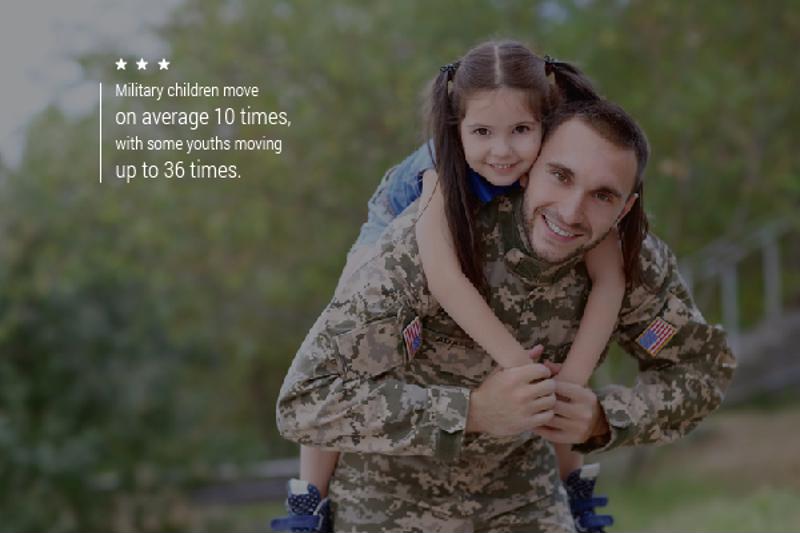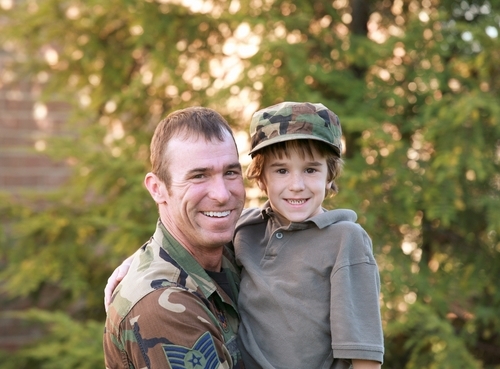While most people tend to think of adults when it comes to the armed forces, children and teenagers play an important role in the military family. From dealing with a deployed parent to moving from one base and school to another, military children face their own set of challenges that most kids their age never have to experience. To applaud the commitment and sacrifices made by the youngest members of military families, the Department of Defense Military Community and Family Policy (MC&FP) designated April as the Month of the Military Child.
Spotlight on the military child
Started by Defense Secretary Caspar Weinberger in 1986, all the branches of the armed forces honor the Month of the Military Child in their own way. For instance, the Department of Defense Education Activity (DoDEA) celebrates these brave youths by:
- Implementing strategies designed to prepare DoDEA students more thoroughly for college and career readiness.
- Challenging students to embrace their full potential and excel academically, socially, physically and emotionally.
- Creating the organizational capacity to maximize the effectiveness and efficiency of its model, unified school system.
As noted by National PTA, since the 2001, about 2 million military children have seen one of their parents be deployed. Further, more than 900,000 youths have had one or both of their parents deployed multiple times. Currently, there are 1.2 million children around the world with a parent who's on an active duty.

Supporting military children
Regularly switching home, communities and schools can place a stressor on military children that other kids don't always have to face. Compared to civilian children, children in a military family will move, on average, about three times more often throughout their youth, the PTA noted. All told, military children move on average 10 times, with some youths moving up to 36 times.
From schools to sports to community programs, there are organizations and groups of all sorts that help children deal with some of the stressors arising from their unique experiences. For instance, the University of Southern California houses an entire department solely dedicated to researching and supporting military children in school. This is extremely helpful, as the PTA noted that it takes a school-wide effort to support military children during their transitions.
In March, the Washington Capitals hockey team invited more than 200 military members and their families to enjoy a night of ice skating at the Kettler Capitals IcePlex in Arlington, Virginia, according to the official blog of the Coast Guard workforce, All Hands. Several players of the team also came out to meet with the families.

One way that families with active duty servicemembers can alleviate some of their children's stress that arises from the constant moving is by adequately preparing them for the transition. All Hands noted that being honest with the children about what is happening should be a top priority. Communicating with children helps reassure them about the move and makes it easier to adjust to the changes. Further, providing fun activities for the trip, whether it's a short plane ride or a cross-country drive, can help.
Another way that organizations and groups show their support is by offering scholarships for military children. From Fisher House, a nonprofit organization that helps servicemembers and their families, to the Corvias Foundation, a private, charitable group, military children have plenty of options to choose from to pursue scholarship opportunities.
While their childhood might be a bit different than their civilian counterparts, military youths enjoy the support and gratitude from everyone for their strength and perseverance during what can sometimes be tough times.

